Beauty and genetics don’t always agree.
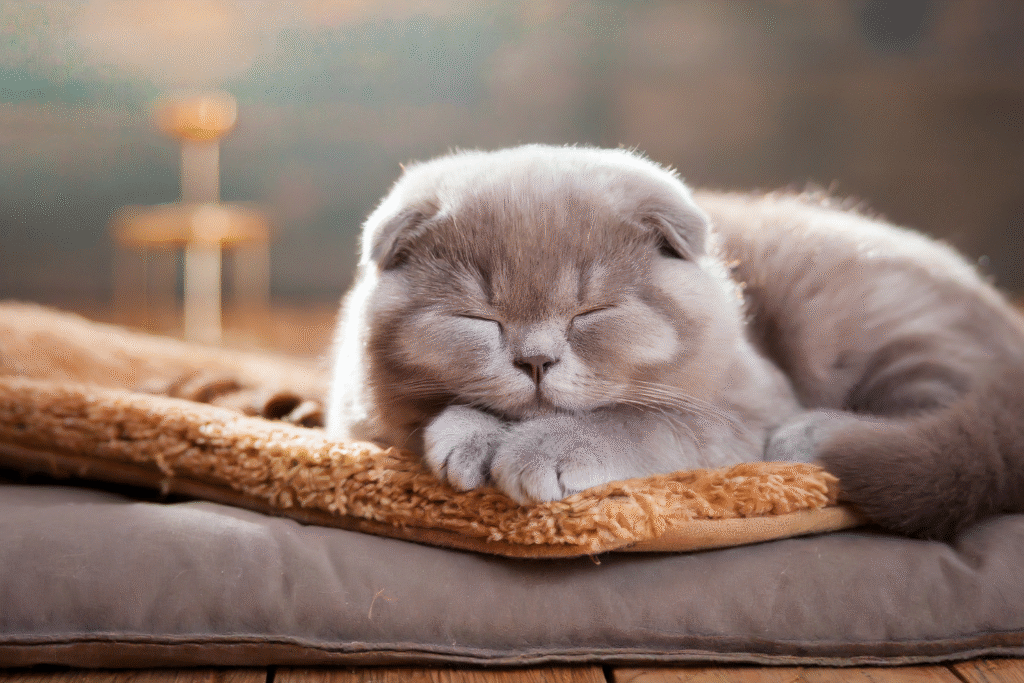
Selective breeding has given cats some of their most striking features, but it has also passed down a handful of hidden flaws. Many breeds carry genetic mutations that shape their appearance while quietly shortening their lives or complicating their health. From heart disease in purebreds to bone deformities in tiny designer cats, the same genes that create uniqueness can carry a cost. Understanding these inherited risks doesn’t make the breeds less lovable, it makes their care more informed, and their beauty a little more bittersweet.
1. Maine Coons are prone to serious heart disease.

Maine Coons, famous for their size and gentle temperaments, often carry a gene mutation that leads to hypertrophic cardiomyopathy, a thickening of the heart muscle that restricts blood flow. As stated by the Cornell Feline Health Center, this inherited disease can appear at any age and often goes undetected until sudden heart failure or blood clots occur. It remains the most common heart condition among purebred cats.
Because early signs are subtle, routine echocardiograms and genetic testing are crucial for breeders and owners. Left untreated, affected cats may live shorter lives, but those caught early can often manage symptoms through medication and lifestyle care.
2. Persians frequently suffer from severe kidney disease.

Polycystic kidney disease is widespread among Persian cats and their close relatives, including Exotic Shorthairs. The condition causes fluid-filled cysts to form in the kidneys, gradually impairing function. It can appear as early as six months old or remain hidden until late adulthood, reported by the International Cat Care organization.
What makes the disorder especially cruel is its quiet progression. Cats may appear healthy until their kidneys are already compromised. Responsible breeders now screen for the PKD1 gene mutation, helping reduce but not eliminate its presence. Early testing and kidney-friendly diets can extend both comfort and lifespan.
3. Scottish Folds often endure painful cartilage deformities.
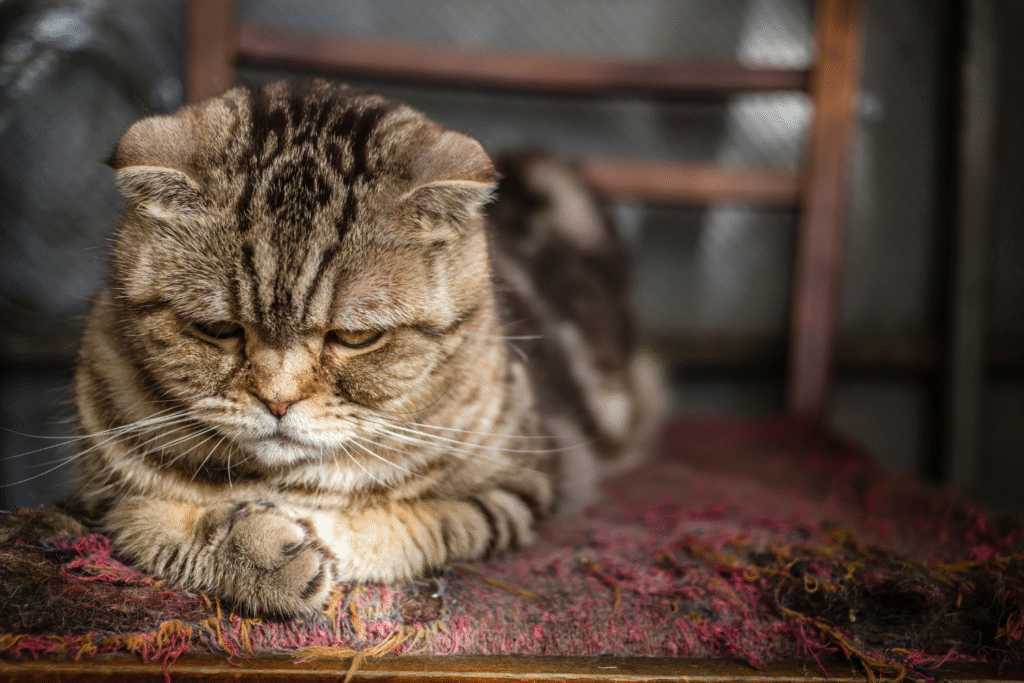
That signature folded ear comes at a high cost. The same genetic mutation that softens cartilage in the ear also weakens it throughout the body, as discovered by the Veterinary Journal. Many Scottish Folds develop osteochondrodysplasia, a degenerative joint disease that causes chronic pain, bone thickening, and mobility issues.
While kittens look irresistibly cute, the underlying bone deformities can appear within months. Even crossbreeding to lessen the effect doesn’t fully remove the risk. Most veterinarians discourage breeding Fold-to-Fold pairings altogether, emphasizing welfare over appearance.
4. Bengals can develop hereditary eye and kidney issues.

Behind their exotic, leopard-like coats, Bengals can carry a double genetic burden, progressive retinal atrophy and chronic kidney disease. The eye disorder slowly destroys the retina, leading to blindness over time. While responsible breeders now screen for the PRA-b mutation, cats without testing still pass it silently to offspring.
Some Bengals also show early signs of kidney dysfunction due to inherited structural anomalies. They require regular blood work and hydration support to avoid long-term damage. The breed’s stunning looks mask how fragile those genetics can be beneath the surface.
5. Sphynx cats battle heart disease and skin sensitivities.

The Sphynx’s lack of fur exposes it not only to cold but also to underlying genetic vulnerabilities. Many carry mutations tied to hypertrophic cardiomyopathy, similar to Maine Coons but often developing earlier. Their skin also tends to produce excess oils, which can lead to dermatitis and yeast infections if not carefully managed.
Because their skin absorbs products directly, even mild cleaning agents can trigger reactions. Owners must balance warmth, bathing routines, and diet carefully to avoid complications. Despite their vulnerabilities, Sphynx cats often live happily with attentive care and regular vet monitoring.
6. Ragdolls face risks of sudden cardiac arrest.
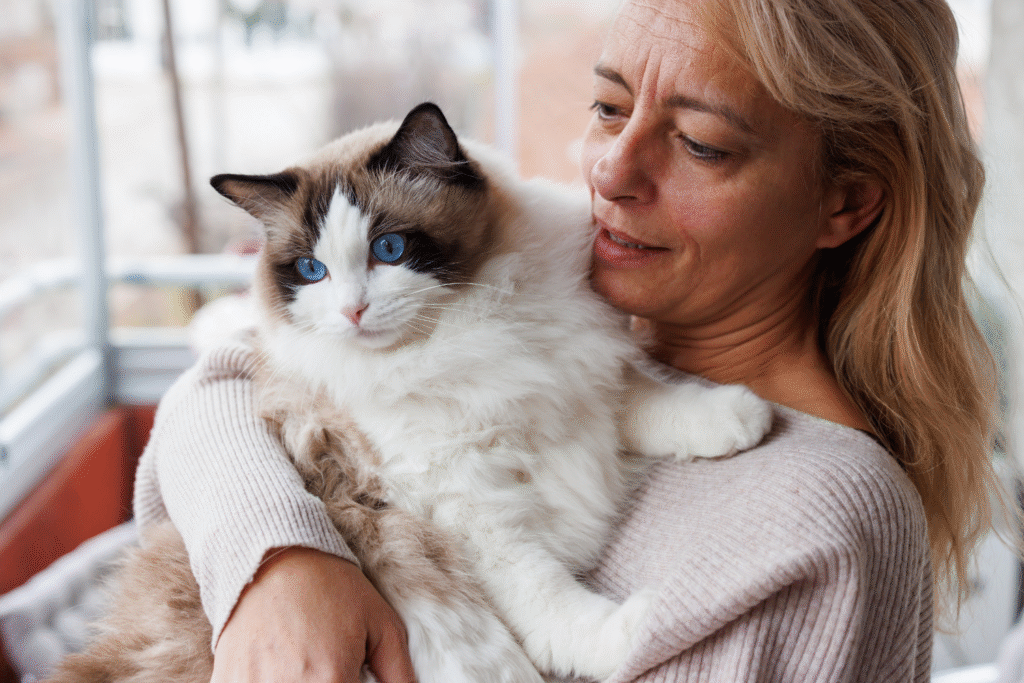
This breed’s famously docile nature hides a hereditary heart problem nearly identical to that in Maine Coons. A specific mutation in the MYBPC3 gene causes thickened heart walls and poor blood circulation. Cats may show few symptoms until the condition advances rapidly. Regular cardiac ultrasounds are the only reliable way to detect it before crisis strikes.
Ragdolls with the mutation can still live full lives under watchful care, but undiagnosed cases can lead to sudden collapse or paralysis from clots. The combination of calm personality and hidden fragility makes this one of the most deceptive disorders in feline genetics.
7. Devon Rex cats often develop muscle weakness and tremors.

Beneath their elfin faces and wavy coats lies a neurological condition known as hereditary myopathy. Affected cats experience weakness in the neck and limbs, often struggling to lift their heads or jump. The disorder stems from a mutation that disrupts nerve-to-muscle communication, causing episodes that worsen with stress or excitement.
Owners sometimes mistake the trembling for cold or anxiety, delaying diagnosis. While there is no cure, gentle handling and minimizing stress help keep symptoms manageable. The Devon Rex remains playful and affectionate but requires care that matches its physical sensitivity.
8. Burmese cats have a history of cranial deformities.

Decades of selective breeding for their round faces and short muzzles have led to a severe inherited defect known as Burmese head defect syndrome. Kittens affected by two copies of the mutation are born with malformed skulls and cannot survive. Even carriers can pass the condition silently through generations.
Modern breeding programs now rely on genetic testing to avoid pairing carriers. Still, the risk persists in regions without strict breeding oversight. The Burmese story underscores how aesthetic preferences can unintentionally sculpt health problems that persist for decades.
9. Manx cats often suffer from spinal malformations.

Their iconic taillessness is caused by a dominant gene that can also affect spinal development. Some Manx kittens are born with “Manx syndrome,” a condition causing nerve damage, incontinence, and paralysis. The closer the tail gene is expressed to its extreme, the higher the risk of complications.
While partial-tailed Manx cats tend to be healthier, ethical breeders carefully balance genetics to minimize suffering. Even with precautions, the breed’s beauty remains tied to a feature that comes from a structural defect, a stark reminder of nature’s trade-offs in domestication.
10. Abyssinians are vulnerable to severe anemia.

A hereditary enzyme deficiency known as pyruvate kinase deficiency shortens red blood cell lifespan, leading to chronic anemia in Abyssinians. Cats may tire easily, lose weight, or appear pale around the gums. Genetic screening identifies carriers early, yet many still live undiagnosed until late in life.
While not every Abyssinian develops symptoms, the mutation runs deep within the breed. Regular blood testing can catch subtle declines before they become dangerous. When managed through diet and veterinary care, affected cats often live long, active lives despite the condition.
11. Munchkin cats face mobility problems from their short legs.
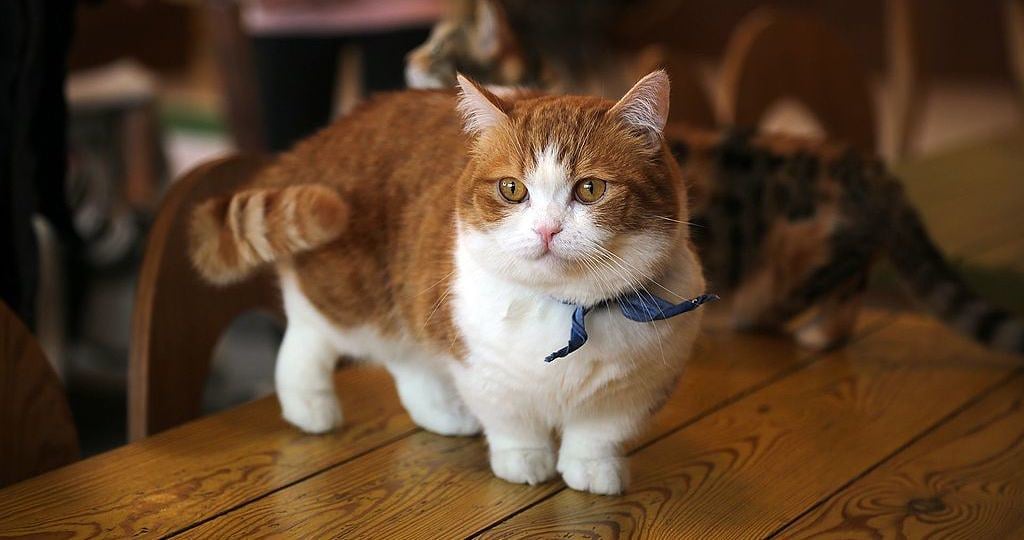
The gene responsible for their short limbs, called achondroplasia, is a form of dwarfism that alters bone growth. While it gives the breed its distinctive look, it can also cause spinal curvature, joint pain, and difficulty jumping. Some cats adapt beautifully, while others struggle with arthritis early in life.
The debate around the breed’s welfare continues among veterinarians. Supporters claim well-bred Munchkins lead comfortable lives, but critics argue that deliberate dwarfism prioritizes novelty over natural function. Either way, the short legs that define them come with a lifetime of physical strain.
12. Oriental Shorthairs can develop inherited liver and heart issues.
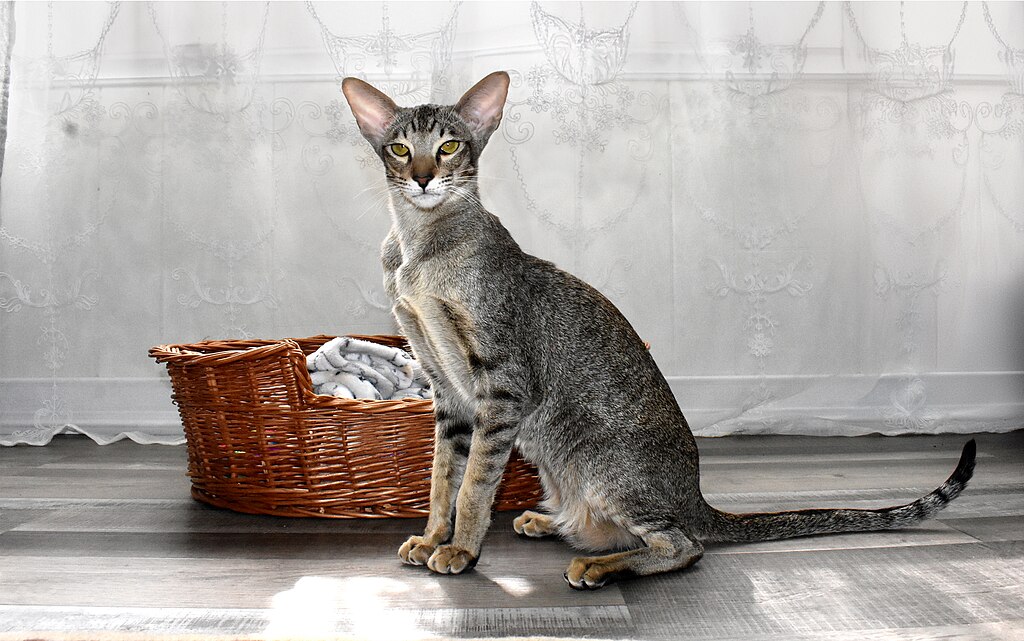
This elegant, long-faced breed shares ancestry with the Siamese, and along with its striking looks come several inherited conditions. Some lines are prone to amyloidosis, a buildup of abnormal proteins in the liver that leads to organ failure. Others carry a predisposition to cardiomyopathy, particularly in aging males.
Routine screenings and careful diet management can delay progression, but the disorders reflect the same genetic bottleneck seen in many purebreds. Beauty has its costs, and in cats, it often hides beneath a glossy coat or charming gaze. The more we understand those costs, the better chance we have of keeping them healthy for the long lives they deserve.
